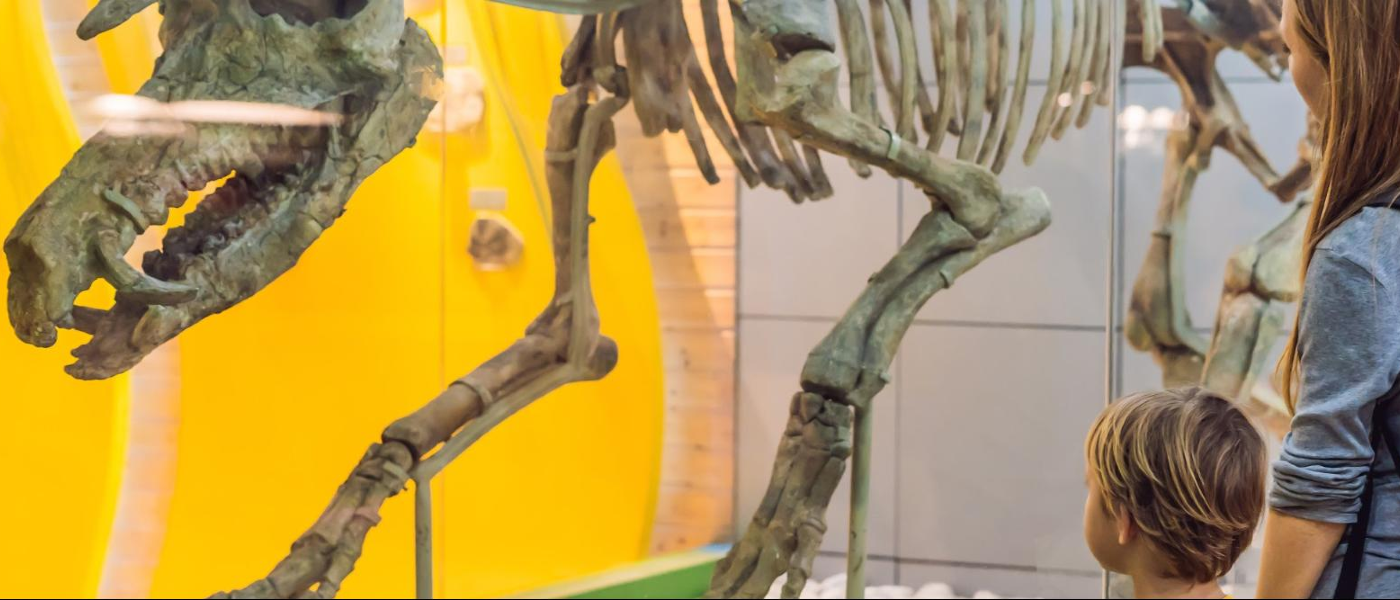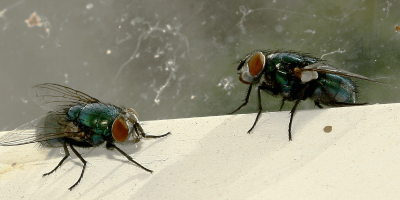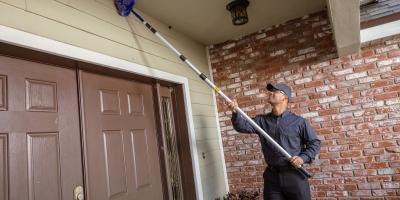Why IPM is a Must-Have in Museums

Museums are fascinating places, full of artifacts that both entertain and enlighten, where young and old alike can learn about almost anything, from art and science to political or natural history. But unless they’re touring a museum of entomology, one thing visitors generally don’t want to encounter on a museum excursion is insects and other pests.
Museums Must Deny Admission to Pests
Guest relations aren’t the only problem an infestation poses for a museum. Depending on the kinds of artifacts on display and which species of pest has decided to make itself a permanent exhibit, unaddressed pest problems can quickly lead to irreparable damage to rare, valuable and one-of-a-kind objects.
Unfortunately, the problem is both pervasive and substantial. A recent report by the Institute of Museum and Library Services presents some sobering data:
- 54% of scientific collections cited pests as a source of damage or loss.
- Among institutions that reported damage or loss in a two-year period, 27% was attributable to pests.
- Pests rank among the top five causes of damage or loss for both museums and scientific collections.
- Pests contributed to damage or loss in 27% of all types of institutions, including libraries, archives and historical societies.
The problem is further complicated by the fact that not all pests pose the same degree of threat to all institutions.
Pest-Specific Threats Putting Museums at Risk
Certain pests present particular threats to museums with respect to their natural behavior, like food and environmental preferences.
Brown banded cockroaches, for example, tend to prefer dry environments where they like to devour paper and glue. This makes them particularly catastrophic to libraries, archives and art museums, where old books, documents or paintings have much to offer this species of cockroach.
Clothing moths, on the other hand, feed exclusively on animal fibers, so museums housing animal pelts, textiles and/or taxidermy mounts are especially at risk of an infestation.
Silverfish favor finished paper, glue, and wallpaper -- venturing out at night to feast on these materials common to art museums, archives and libraries. Due to their weak mouthparts, their feeding is referred to as rasping and evidenced by lacelike irregularities left on surfaces.
Other wingless insects that behave similarly are booklice; however, these pests don’t actually cause damage to collections but are often encountered when flipping through pages of a book. Regardless, their presence is noteworthy because they tend to appear in high humidity conditions where they feed on microscopic mold; left unchecked, mold presents its own problems and can eventually grow detrimental to the valuable collections housed within museums.
Less common, though still concerning, is the suspected presence of wood-destroying termites, which absolutely requires a professional pest management approach.
Rodents are quite adept at wreaking havoc on any institution housing historical artifacts like furniture, tools or electronics, which mice and rats will gladly sink their teeth into until they are destroyed.
Uncovering the Importance of IPM for Museums
With such a diverse assortment of artifacts, specimens, books and other resources to protect, it’s crucial for museums to implement a holistic approach to pest control known as Integrated Pest Management, or IPM.
IPM is an integrated, proactive approach to pest management that can dramatically reduce the number of pests in your facility, while increasing safety to staff and visitors and reducing overall costs by minimizing or eliminating the need for chemical pesticides.
Managing pest control in a museum setting with IPM breaks down into four core areas of focus: inspecting, monitoring, sanitation and exclusion. That means actively looking for pests, signs of pests and conditions conducive to pests; determining and tracking pest populations; removing conditions that attract pests; and pest-proofing the facility by sealing cracks and holes and performing routine maintenance.
When your pest management approach prioritizes prevention and proactive treatment, it cuts down dramatically the need for hazardous chemicals and costly treatments that could interfere with the operation of your institution, which is a win for your administration, staff, visitors and bottom line.
Want to learn more about how IPM can help protect your priceless artifacts? Schedule a free consultation with a commercial service planner.



